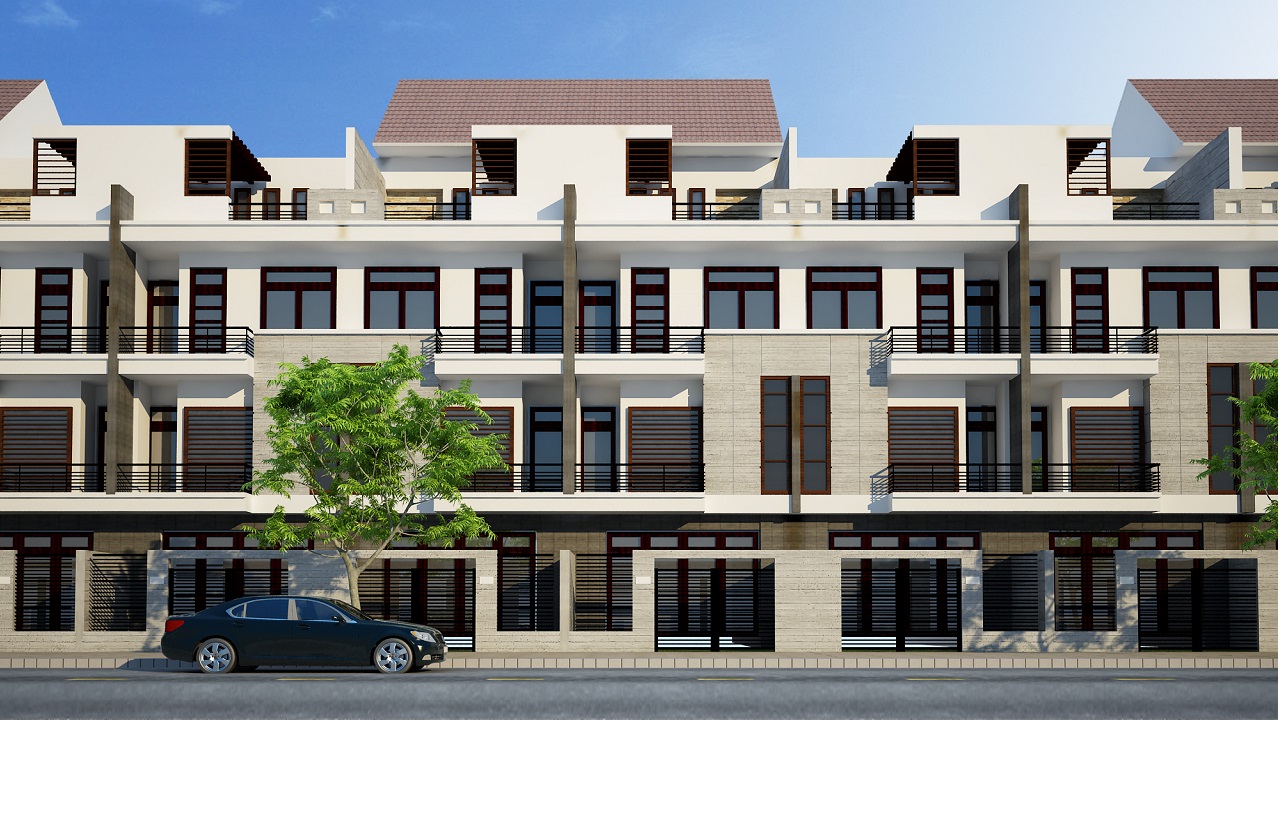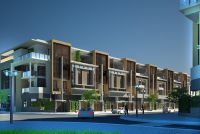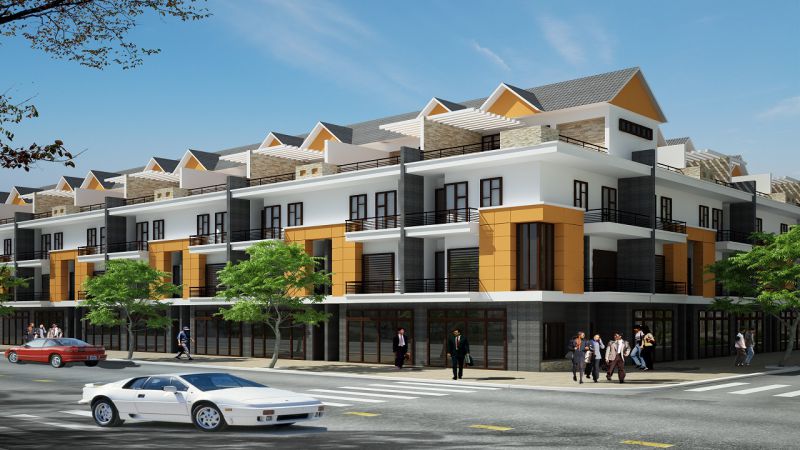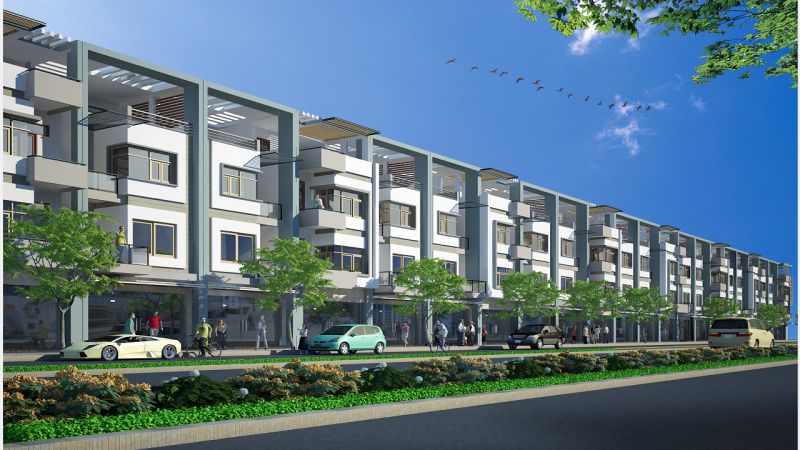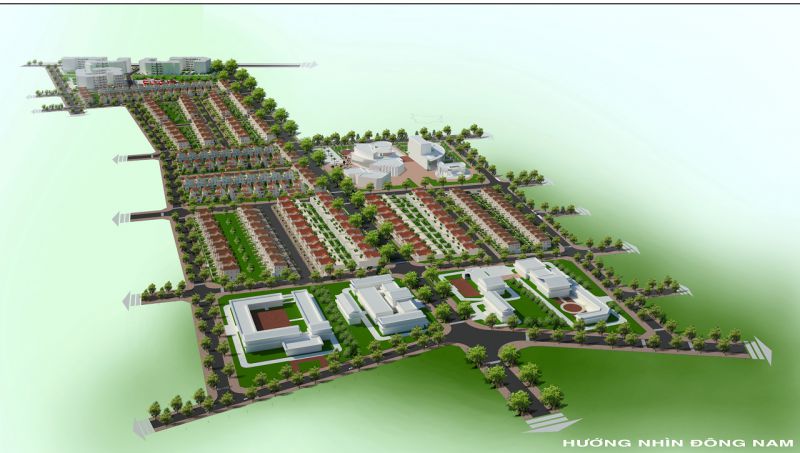In the field of construction planning, urban design is an important and indispensable part of an urban construction planning project, an effective tool of government in urban management. . So what is "urban design"? There are many concepts. But its essence is urban spatial architectural design.
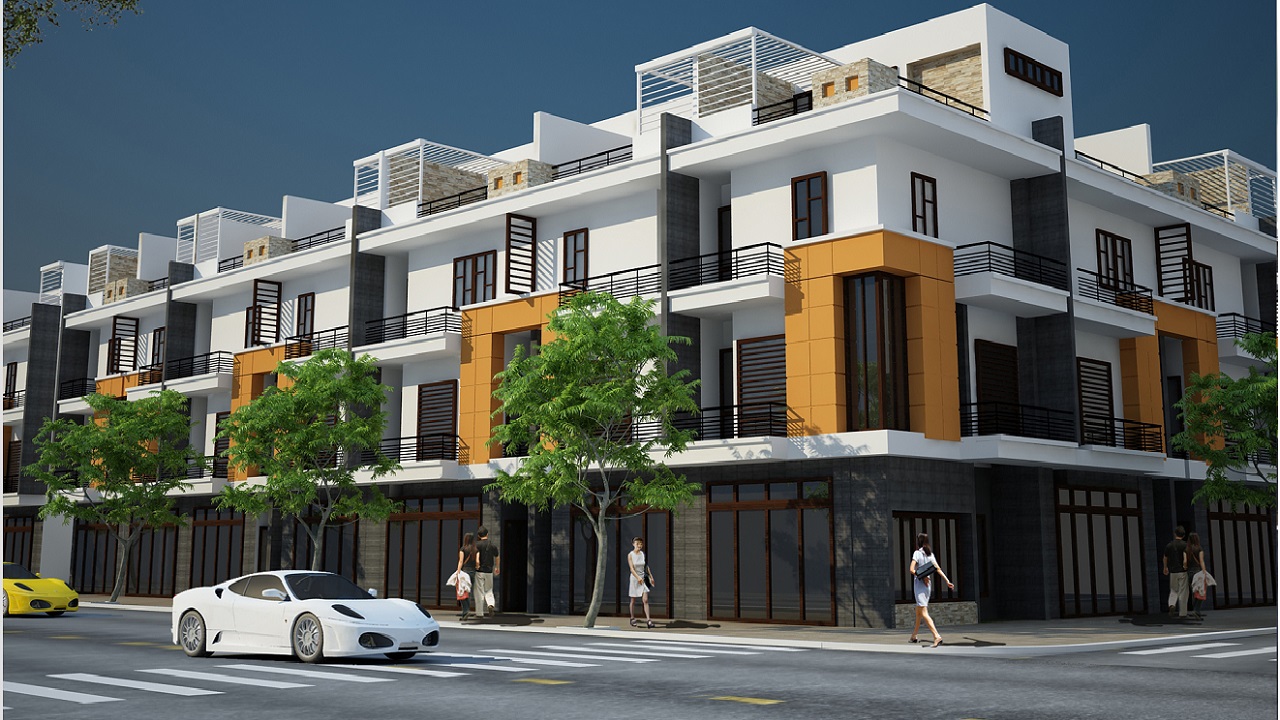
The urban design concretizes the contents of the general planning and detailed urban construction plannings on the organization of functional space outside the works; spatial layout, landscape creation and urban space decoration ... A good urban design will create an urban with its own identity, with building blocks in harmony with the surrounding space and landscape.
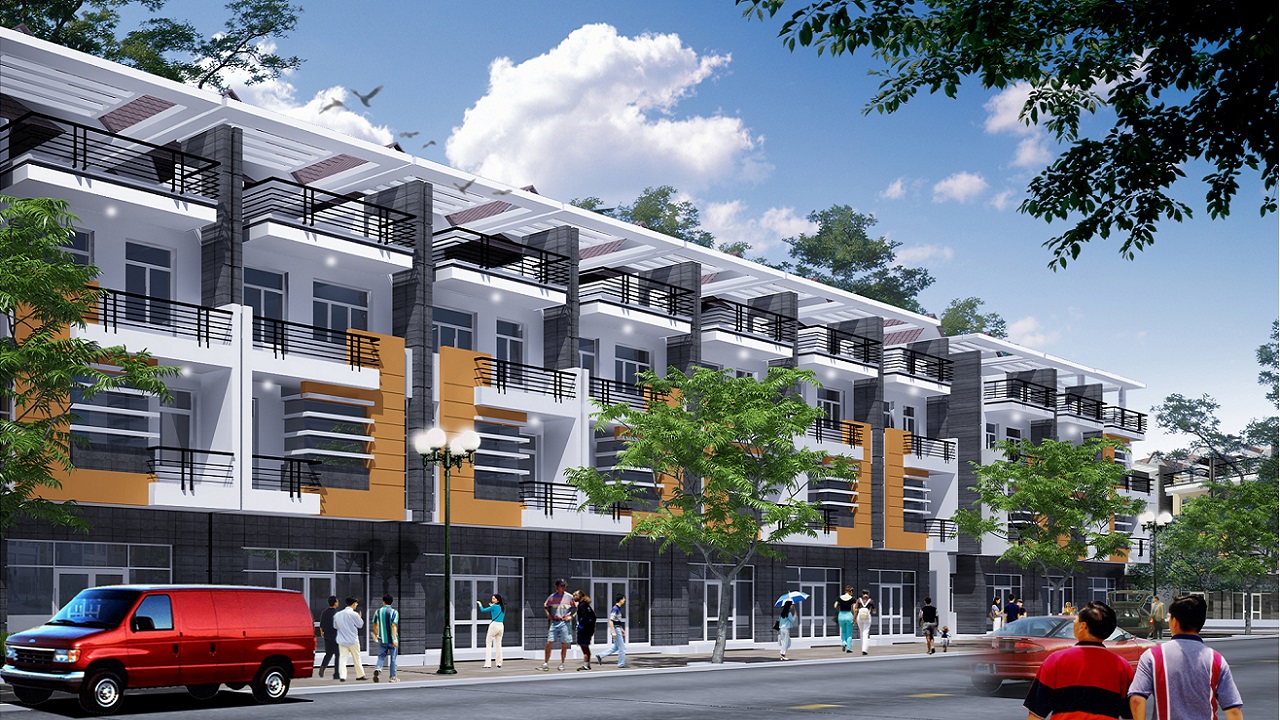
Urban design will give us comfortable neighborhoods, streets with architectural rhythms, color harmony, green spaces, public spaces with small architecture serving human life from styles of street lights, billboards, signs ... to the shape of a chair in the park, by the lake, trash can ...
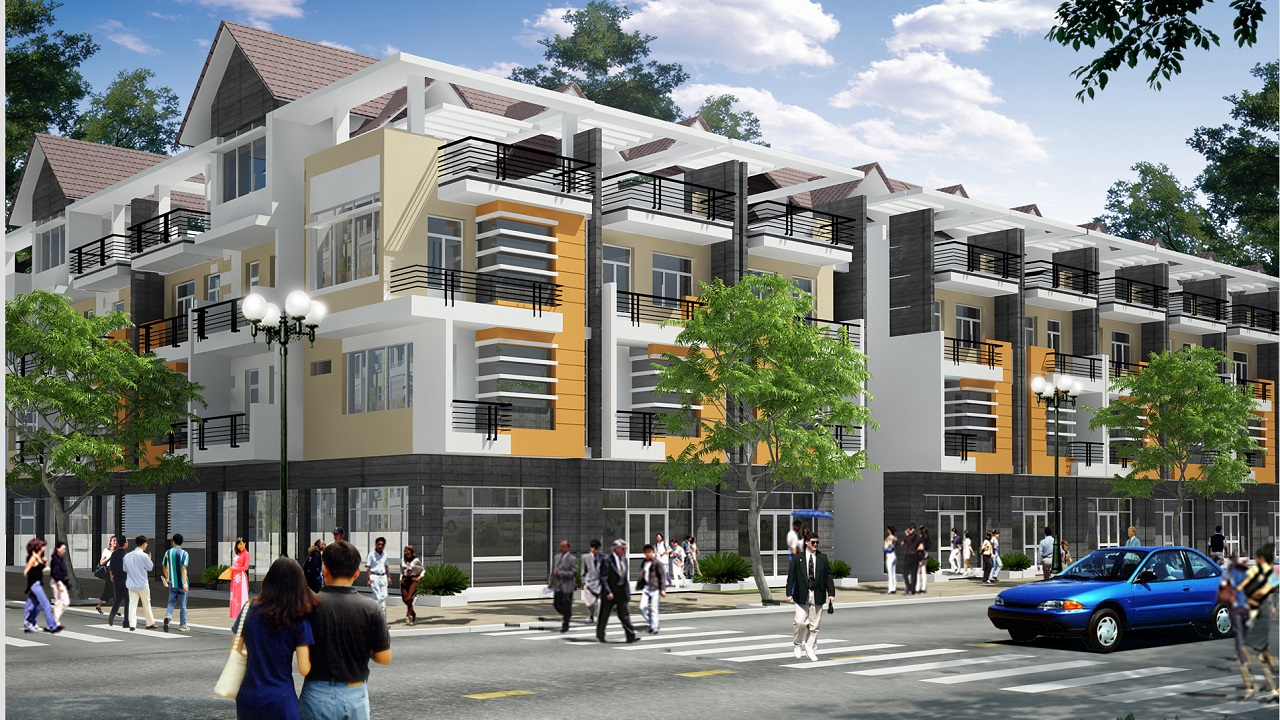
Urban design will have no room for super thin, distorted houses to build in a wayless way as has been and is happening in cities like Hanoi and HCMC. Urban design does not allow sidewalks to become the own of street houses, occupied as a place of sales, parking lots for a group of people. Urban design will return sidewalks to communities, for pedestrians, to exercise democracy and equity in urban transport. In urban design, there will be no high-rise buildings to be cut off, there will be no lawsuits and inspections for illegal and illegal construction.
If a district, a certain street has a publicly announced, democratic and transparent urban design so that people understand how many meters high houses in this area are built, that place is not built too much. How simple it is to get a building permit. With an urban design, the urban architecture will no longer be confused by the messy, messy, antiquated, and unidentified architecture.
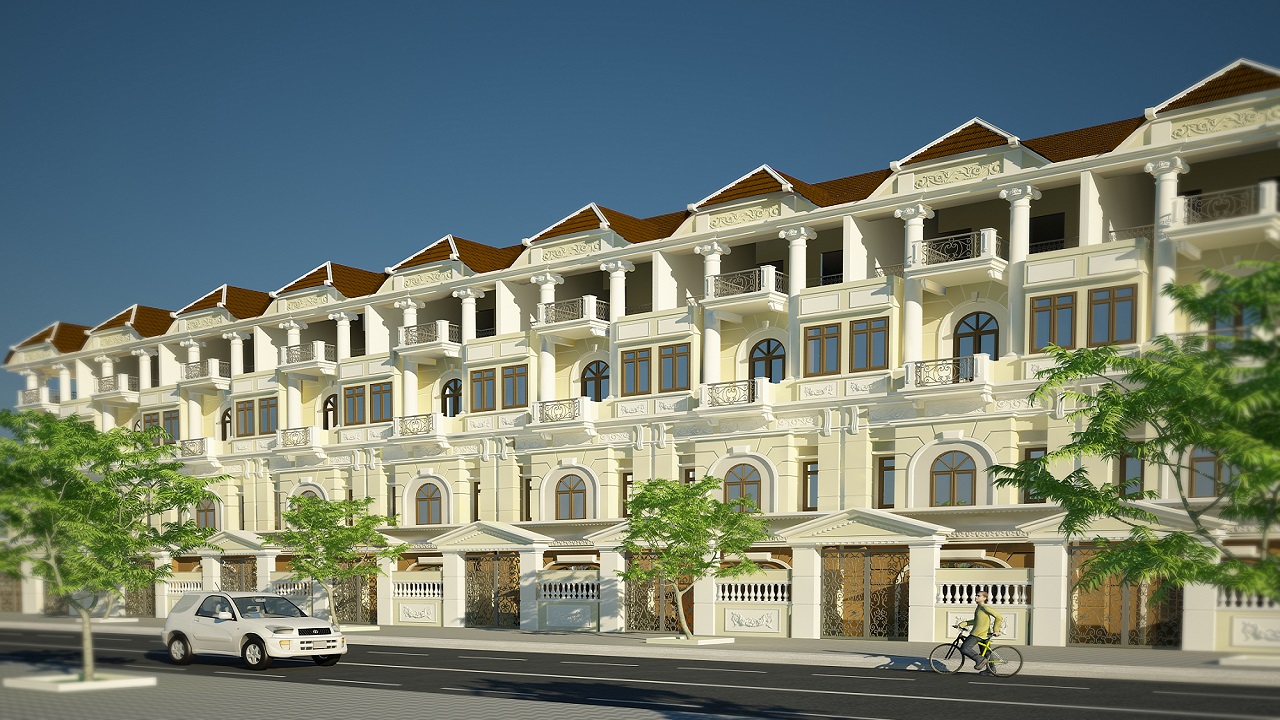
In the field of construction planning, urban design is an important and indispensable part of an urban construction planning project, an effective tool of government in urban management. . So what is "urban design"? There are many concepts. But its essence is urban spatial architectural design.
The urban design concretizes the contents of the general planning and detailed urban construction plannings on the organization of functional space outside the works; spatial layout, landscape creation and urban space decoration ... A good urban design will create an urban with its own identity, with building blocks in harmony with the surrounding space and landscape.
Urban design will give us comfortable neighborhoods, streets with architectural rhythms, color harmony, green spaces, public spaces with small architecture serving human life from styles of street lights, billboards, signs ... to the shape of a chair in the park, by the lake, trash can ...
Urban design will have no room for super thin, distorted houses to build in a wayless way as has been and is happening in cities like Hanoi and HCMC. Urban design does not allow sidewalks to become the own of street houses, occupied as a place of sales, parking lots for a group of people. Urban design will return sidewalks to communities, for pedestrians, to exercise democracy and equity in urban transport. In urban design, there will be no high-rise buildings to be cut off, there will be no lawsuits and inspections for illegal and illegal construction.
If a district, a certain street has a publicly announced, democratic and transparent urban design so that people understand how many meters high houses in this area are built, that place is not built too much. How simple it is to get a building permit. With an urban design, the urban architecture will no longer be confused by the messy, messy, antiquated, and unidentified architecture. And the ultimate purpose of urban design is to serve the people of today.
